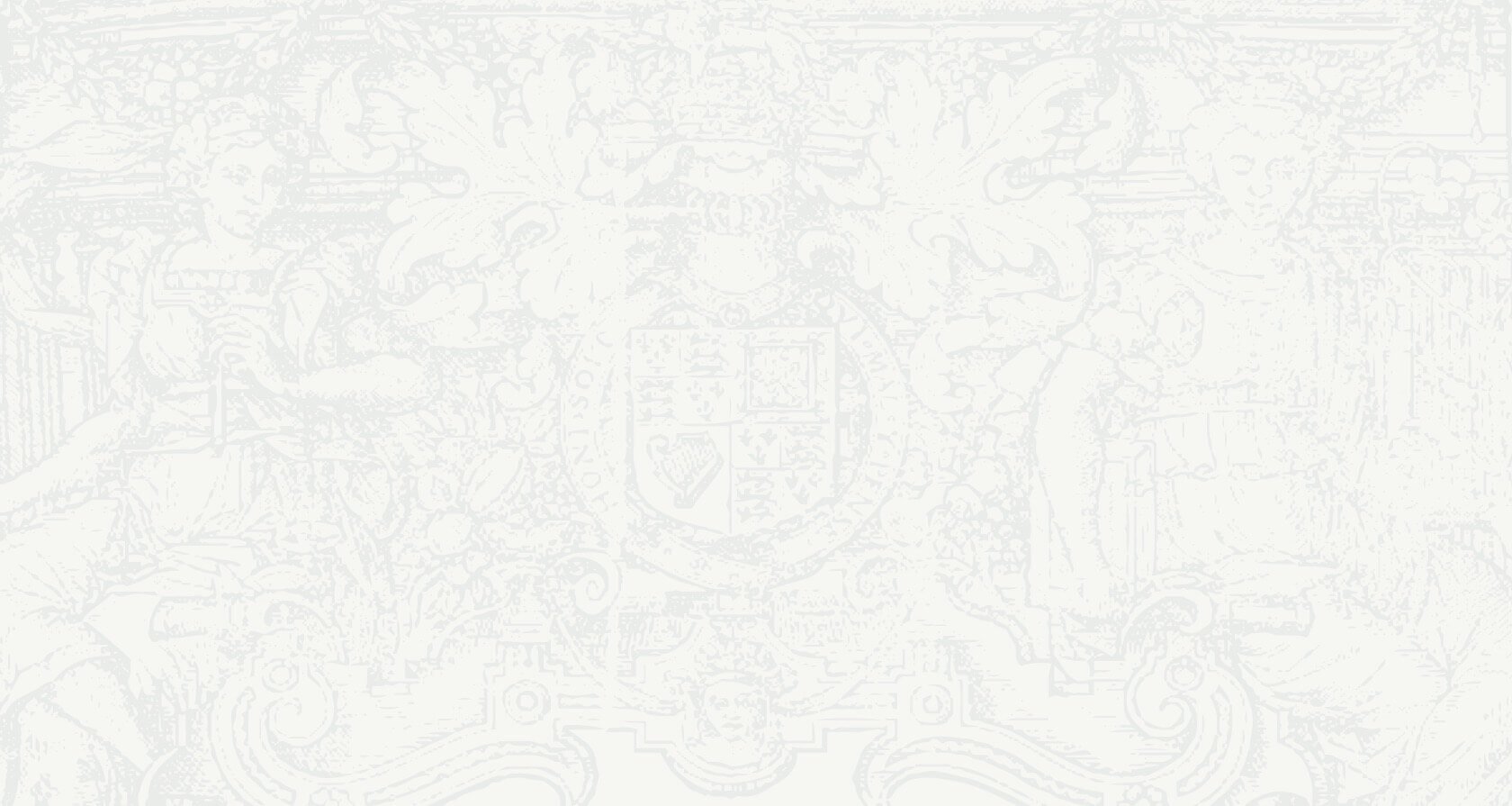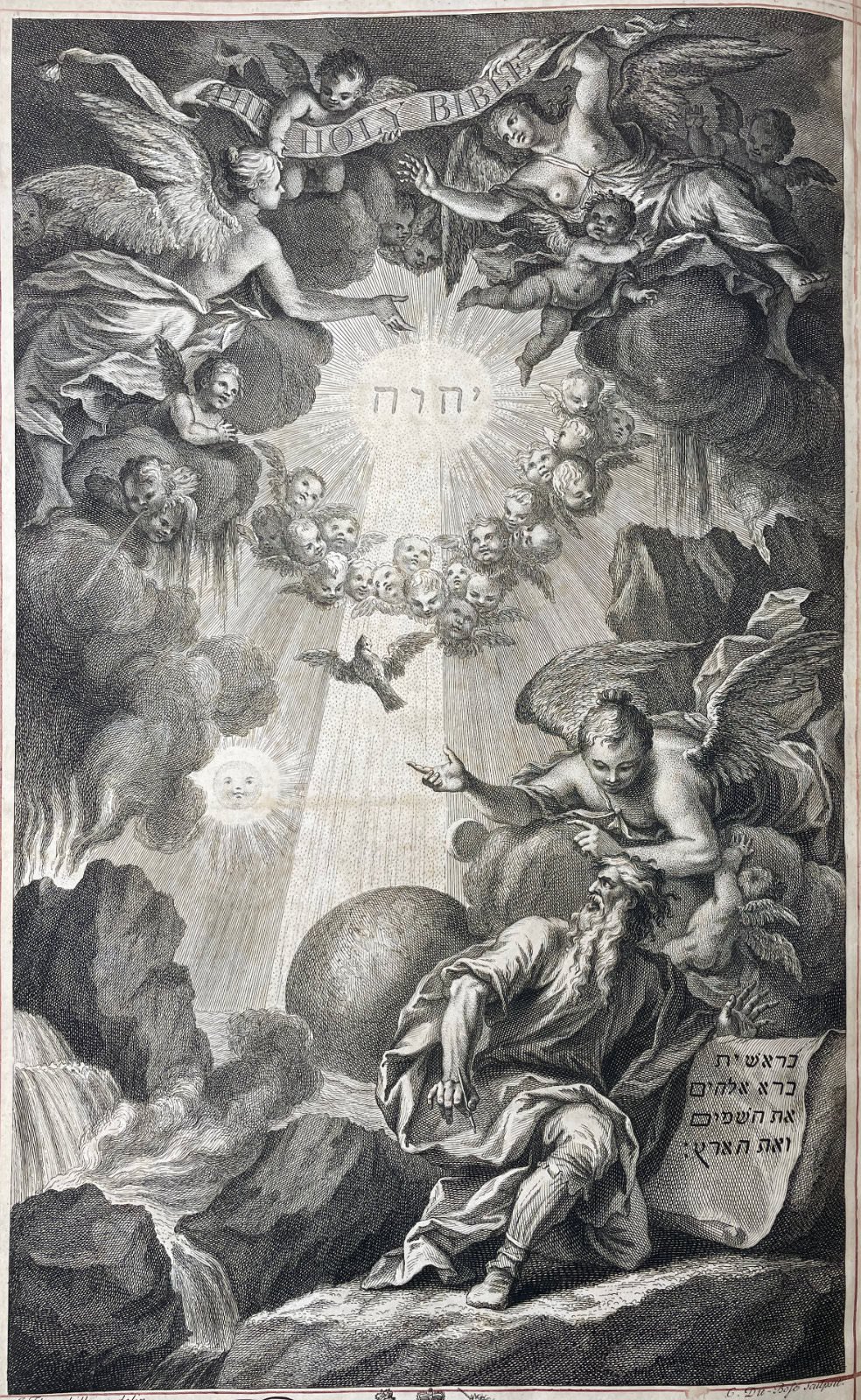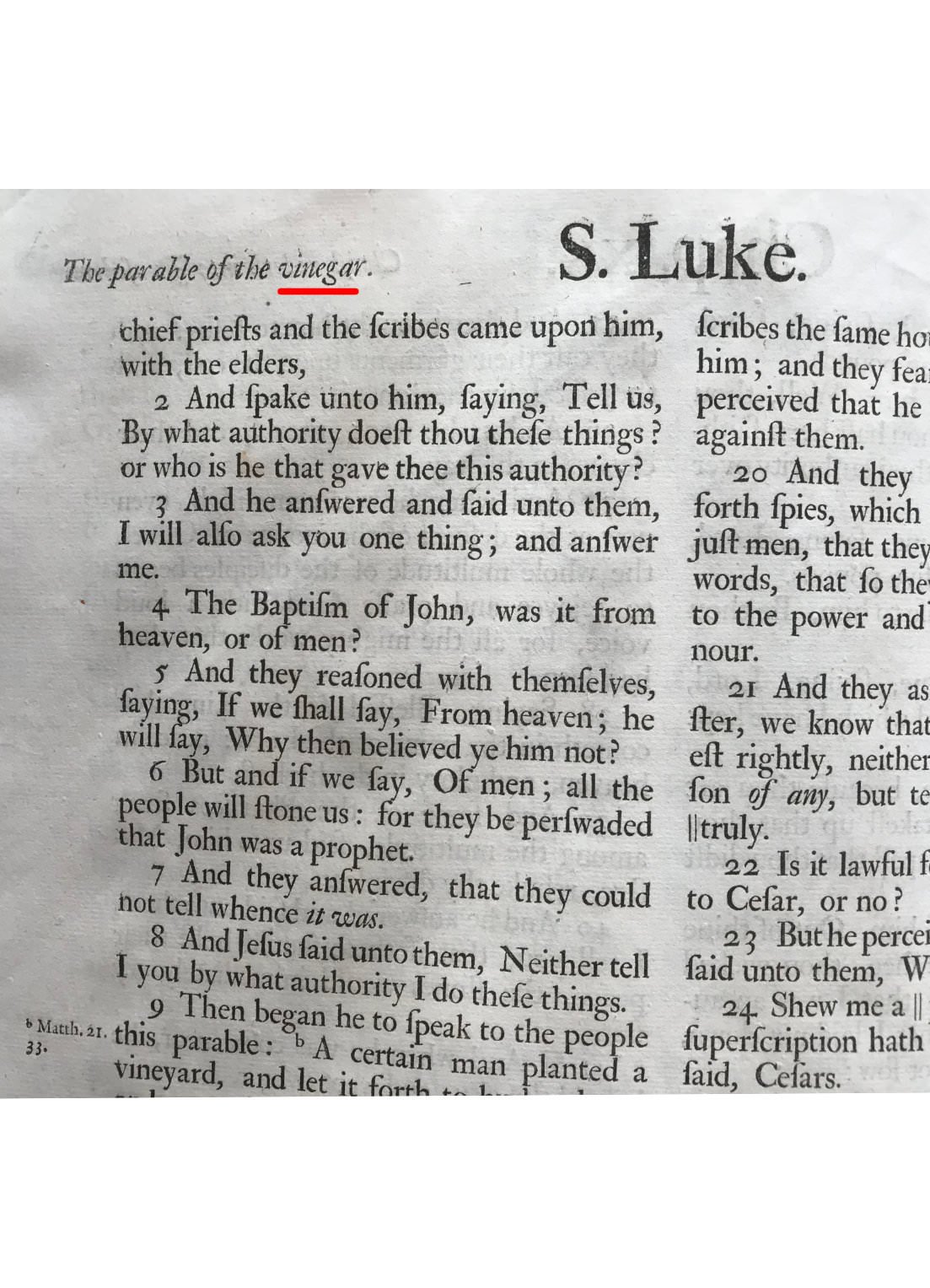
Vinegar Bible: John Baskett’s Masterpiece
The Vinegar Bible is renowned for both its exquisite workmanship and its glaring errors. It was printed by John Baskett (1664-1742), a man of significant influence in the world of printing. Though he produced one of the most magnificent Bibles ever printed in England, he had a shady business reputation and was often criticized for his business dealings, carrying significant debts, and facing numerous legal challenges. By 1712, John Baskett was now the Royal Printer to the Queen, and he had successfully negotiated deals with Oxford and Cambridge (the only other two printing houses authorized to print the Bible in England) to operate their printing privileges himself.
The King’s Printer
In securing his monopoly on printing Bibles in England, Baskett put an end to the exclusive patent that had been in the Barker family for over 100 years. Baskett achieved success in multiple facets of his printing work. He increased Bible quality and appearance by adding many new engravings and decorated initials. His aim was to create a folio size Bible for a presentation piece in churches as well as in the homes of England’s upper class.
The text is the King James Version of the English Bible and was printed in large folio by John Baskett at Oxford in 1716-17.
Beautiful In Presentation
The presentation quality of the Vinegar Bible is truly stunning. With a richly decorated gold gilt spine and numerous engravings throughout, it served as an ideal status symbol for the elite.
Baskett’s masterpiece is generally acknowledged as the most magnificent Bible printed in England. The volume is adorned with numerous beautiful engraved head and tailpieces depicting scenes from the Bible - about 60 illustrations altogether.
Herbert calls it “a magnificent edition.”
A “Baskett Full of Errors”
Unfortunately, once this beautiful Bible made its way into the hands of the clergy, numerous errors and omissions in the text were discovered.
The Vinegar Bible gets its name from the most famous of the errors in the 1717 printing. The headline of Luke 20 reads, “the parable of the vinegar” (instead of vineyard). The Bible was so carelessly printed that it was humorously called a “Baskett full of errors.”
The Vinegar Bible is believed to be the original source of the term basket case—something so replete with errors that it is no longer fit for its intended purpose.
The Heading of Luke 20 reads: “The parable of the vinegar”



